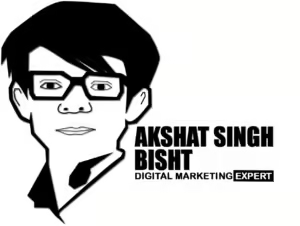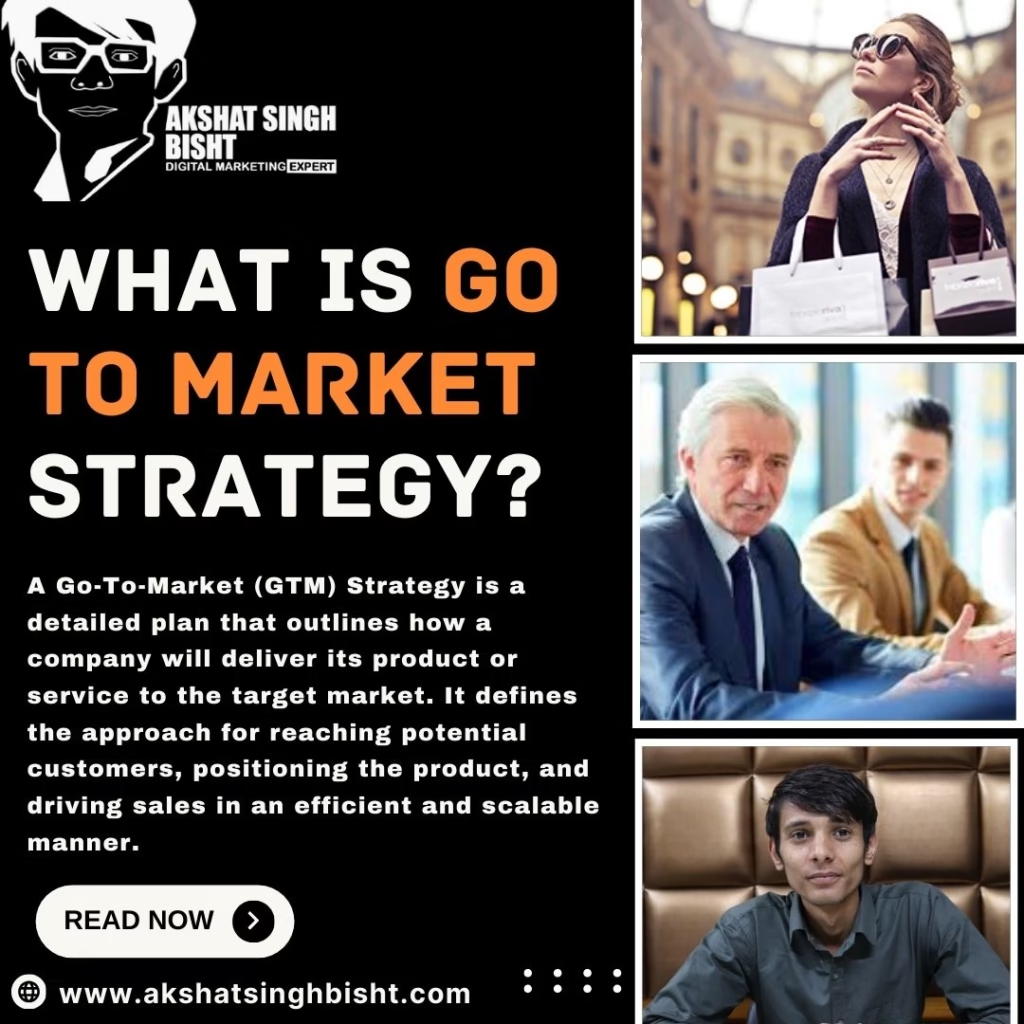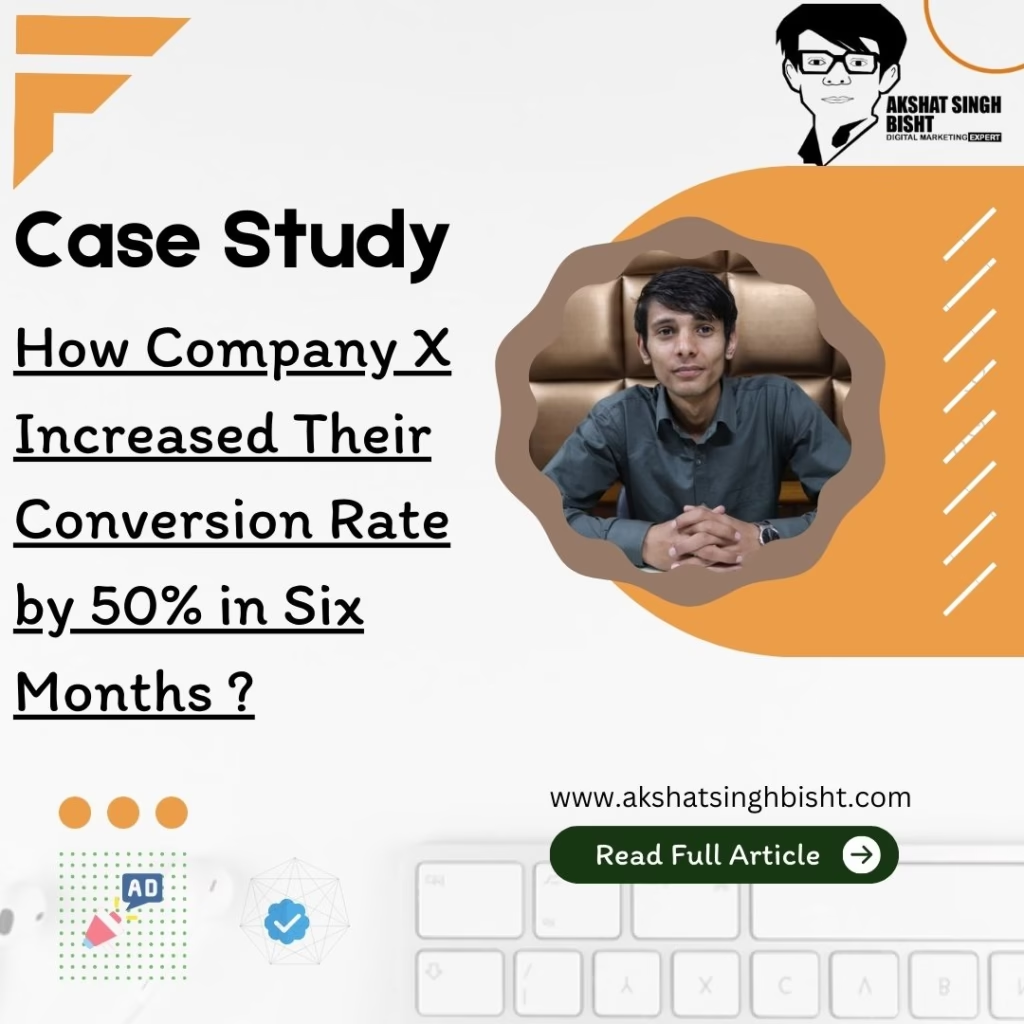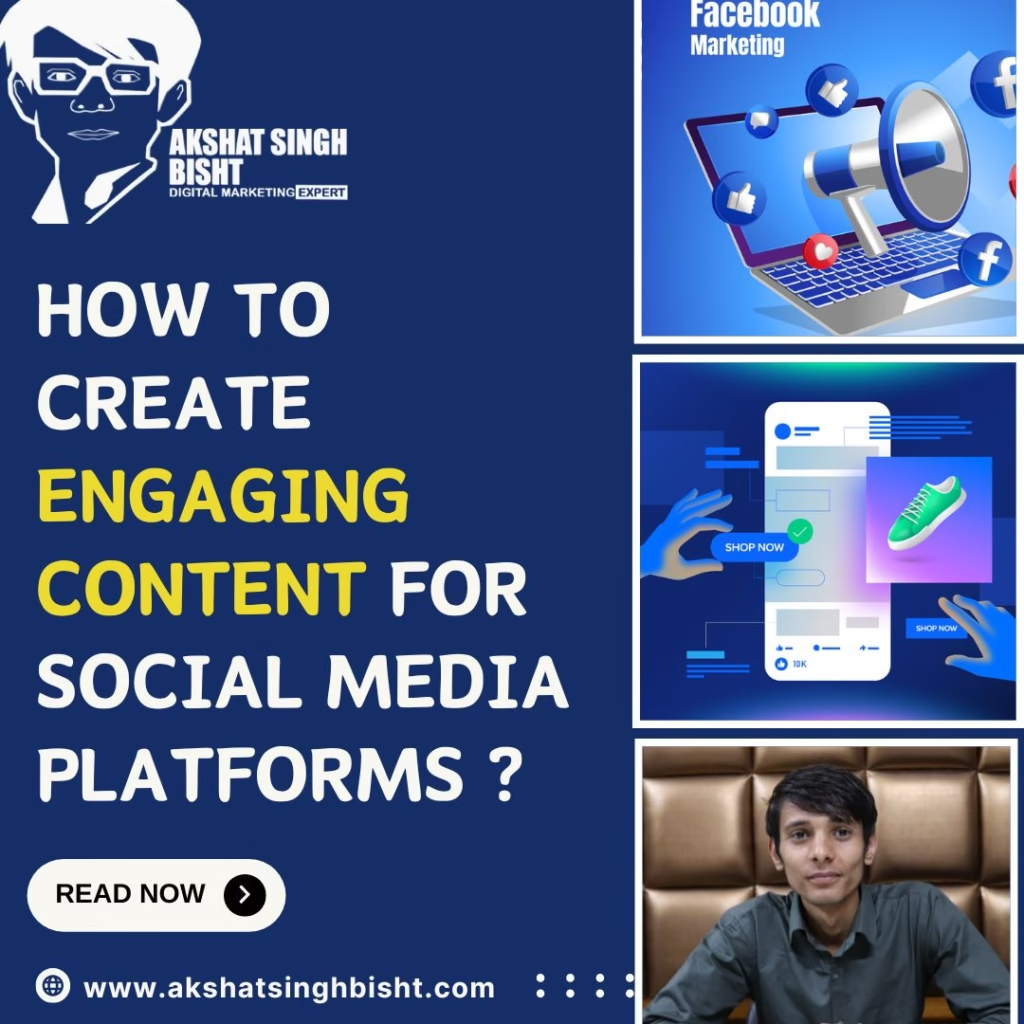How Gillet promote positive behavior with Gillette’s The Best Men Can Be Campaign

The “The Best Men Can Be” campaign by Gillette, launched in January 2019, aimed to address issues of toxic masculinity and promote positive behaviors among men. The campaign generated significant controversy and sparked widespread discussion.
How Singapore Developed into Today’s Singapore

This case study explores Singapore’s remarkable journey from a small, resource-constrained island to a global city-state and business hub. It examines the key factors contributing to Singapore’s success, including visionary leadership, sound economic policies, investment in human capital, infrastructure development, good governance, adaptability, and resilience. The study reflects on the implications of Singapore’s model of development for other cities and nations seeking to emulate its achievements in fostering economic growth, social cohesion, and global prominence. Through insightful analysis and lessons learned, the case study offers valuable insights and inspiration for policymakers, business leaders, and stakeholders worldwide.
Coca-Cola’s I’d Like to Buy the World a Coke Campaign

Coca-Cola’s “I’d Like to Buy the World a Coke” campaign is iconic in the world of marketing and advertising. Launched in 1971, this campaign is widely regarded as one of the most successful and enduring advertising efforts of all time.
Fevicol Todo Nhi Jodo Campaign

Fevicol advertising campaigns have not only promoted its product but also ingrained the brand into the cultural fabric of the nation. One such campaign that stands out is the “Todo Nahi Jodo” series
Fedex EX MBA Campaign : How Fedex Trolled MBA In His Advertising Campaign

Ex MBA Ad campaign by FedEx, exploring how strategic marketing tactics grounded in psychological principles drove engagement, conversion, and success.
Pepsi Challenge Case Study On Marketing Campaign

The Pepsi Challenge stands as a pivotal moment in marketing history, representing a bold departure from traditional advertising strategies and a paradigm shift in consumer engagement tactics. Launched amidst the backdrop of the Cola Wars in the 1970s, this iconic marketing campaign revolutionized consumer perception and market research practices, leaving an enduring legacy that continues to resonate with marketers today.
The New Coke Campaign : Coca Cola Failed Campaign

This case study delves into the New Coke campaign, examining the circumstances that led to its conception, the strategies employed in its launch, the swift backlash it provoked, and the lessons learned in its aftermath. By dissecting this pivotal moment in Coca-Cola’s history, we gain valuable insights into the complexities of brand management, the pitfalls of market research, and the resilience required to navigate a crisis.
Why Nokia Failed And Lost Its Mobile Market

This case study delves into the rise and fall of Nokia, once a dominant force in the mobile phone industry. Through an in-depth analysis of Nokia’s strategic decisions, market dynamics, and competitive landscape, this study seeks to unravel the factors contributing to Nokia’s decline in market share. By examining key events and internal challenges faced by Nokia, valuable lessons can be drawn for companies navigating disruptive changes in the fast-paced world of technology and business.
Mummy I am Hungry By Nestle

The “Mummy I am Hungry!” campaign was launched as a strategic marketing initiative to reposition Maggi noodles in India, leveraging the emotional connection between mothers and children while highlighting its convenience, taste, and nutritional value.
What is FOMO?

FOMO, at its core, is a psychological state characterized by the apprehension that others might be having rewarding experiences from which one is absent. It’s that nagging sensation that prompts us to check our phones incessantly, attend events we may not even enjoy, or purchase products we don’t necessarily need.
How Tesla Transformed EV Automotive Industry Using Disruptive Marketing

Tesla has emerged as a revolutionary force in the automotive industry, disrupting traditional marketing norms and spearheading the electric vehicle (EV) revolution.
M&M’s From Candies to Characters A Case Study in Brand Evolution and Marketing Mastery

This case study delves into the remarkable journey of M&M’s, tracing its transformation from a simple chocolate candy to a global sensation with iconic characters at its core.
Learn Google Ads For Free Full Google Ads Book

Learn Google Ads For Free, formerly known as Google AdWords, is a powerful online advertising platform developed by Google. It enables businesses to create and run ads across Google’s vast network of websites, including the Google Search Network, Google Display Network, YouTube, and more.
Lay‘s Flavor Faves Campaign Biggest Global Integrated Marketing Campaign

Discover how Lay’s conquered supply chain hurdles, navigated fierce competition, and broke through digital noise to achieve unprecedented success with their Flavor Faves campaign.
California Milk Processor Board’s “Got Milk?” Campaign

California Milk Processor Board’s “Got Milk?” initiative. Launched in 1993, this groundbreaking campaign revolutionized beverage marketing by crafting a simple yet universally relatable message that resonated with audiences across demographics.
Charmin’s Squeezy Bear Campaign: A Tale of Humor, Innovation, and Success

Discover the captivating story behind Charmin’s Squeezy Bear Campaign: A Tale of Humor, Innovation, and Success groundbreaking marketing initiative, the Squeezy Bear campaign. In this comprehensive case study, delve into the strategic planning
Snickers’ “You’re Not You When You’re Hungry” Campaign

This case study isn’t your average dry marketing lecture. It’s a fun-filled exploration of how Snickers took a relatable insight, cranked up the humor, and left a lasting mark on the snack game. So, grab a Snickers and get ready to discover the secrets behind a marketing campaign that turned a hangry state into a global phenomenon.
Sir Ratanji Jamsetji Tata A Visionary Leader and Philanthropist Shaping India’s Future

Sir Ratanji Jamsetji Tata, a name that resonates with integrity, innovation, and impact, stands as one of the most influential figures in modern Indian history. Born into the illustrious Tata family on December 28, 1937, Sir Ratanji Jamsetji Tata’s journey is a testament to the transformative power of visionary leadership, ethical governance, and philanthropic endeavors.
Why NANO Failed In India | Dream Of Tata’s

The Tata Nano, unveiled in 2008 with the ambitious goal of being the world’s cheapest car, captured global attention. Promised as a revolutionary gateway to personal mobility for millions of Indians, it ignited a spark of hope and possibility.
Case Study Apple Think Different Campaign

Apple’s “Think Different” campaign, launched in 1997, stands as one of the most iconic and influential marketing endeavors in the history of technology. This case study delves into the origins, strategy, impact, and legacy of the campaign, highlighting its role in reshaping Apple’s brand identity and revitalizing the company’s image.
Dollar Shave Club Our Blades Are F*cking Great : A Case Study in Disruptive Digital Marketing

Dollar Shave Club’s meteoric rise is a masterclass in digital marketing. Dive into their iconic “Our Blades Are F*cking Great” campaign.
What Is Electoral Bond?

Electoral bonds were a system in India for funding political parties that existed from 2017 until February 15, 2024, when the Supreme Court struck it down as unconstitutional. Let’s delve into what these bonds were and why they are no longer used.
Brewing Success: A Case Study on Nescafé’s “It all starts with a Nescafé” Marketing Campaign

This case study explores Nescafé’s highly successful marketing campaign titled “It all starts with a Nescafé,” which captured the hearts and minds of consumers worldwide.
Oreo’s Daily Twist Campaign | A Social Media Marketing Success Story

Explore how Oreo’s Daily Twist campaign redefined social media marketing with 100 days of creative, real-time content. Discover the secrets behind its success, from agile content creation to engaging community participation. Learn how Oreo’s innovative approach sparked conversations, drove engagement, and reshaped brand storytelling. Join us on a journey through the world of Oreo’s Daily Twist and unlock inspiration for your own digital marketing endeavors.
Why People are too attracted towards Anime

Explore the captivating world of anime and discover why it holds such irresistible appeal for people worldwide. Through vibrant animation, rich storytelling, and diverse characters, anime transcends cultural boundaries to captivate audiences of all ages
Reebok Cheat on Your Girlfriend, Not on Your Workout Campaign

This case study delves into the intricacies of Reebok’s bold marketing campaign, “Cheat on Your Girlfriend, Not on Your Workout,” which sparked widespread controversy and debate.
Why we calls Steve Jobs The Marketing God ? The Cofounder of apple Inc

Steve Jobs, the co-founder of Apple Inc., is often hailed as a marketing genius whose visionary strategies transformed Apple into one of the most valuable and influential companies in the world.
Flipkart Big Billion Days Sale

Flipkart’s Big Billion Days campaign is a hallmark event in Indian e-commerce, featuring massive discounts and exclusive deals. This case study examines Flipkart’s strategic execution of the campaign
Nivea’s White is Purity Failed Marketing Campaign

Dive deep into the captivating story behind Nivea’s “White is Purity” campaign and learn invaluable lessons in cultural sensitivity, crisis management, and brand reputation.
Tata Sky Marketing Isko Laga Dala Toh Life Jingalala

Discover the fascinating story behind Tata Sky’s legendary campaign, ‘Isko Laga Dala Toh Life Jingalala,’ and how it captured the hearts of millions across India! 🇮🇳



